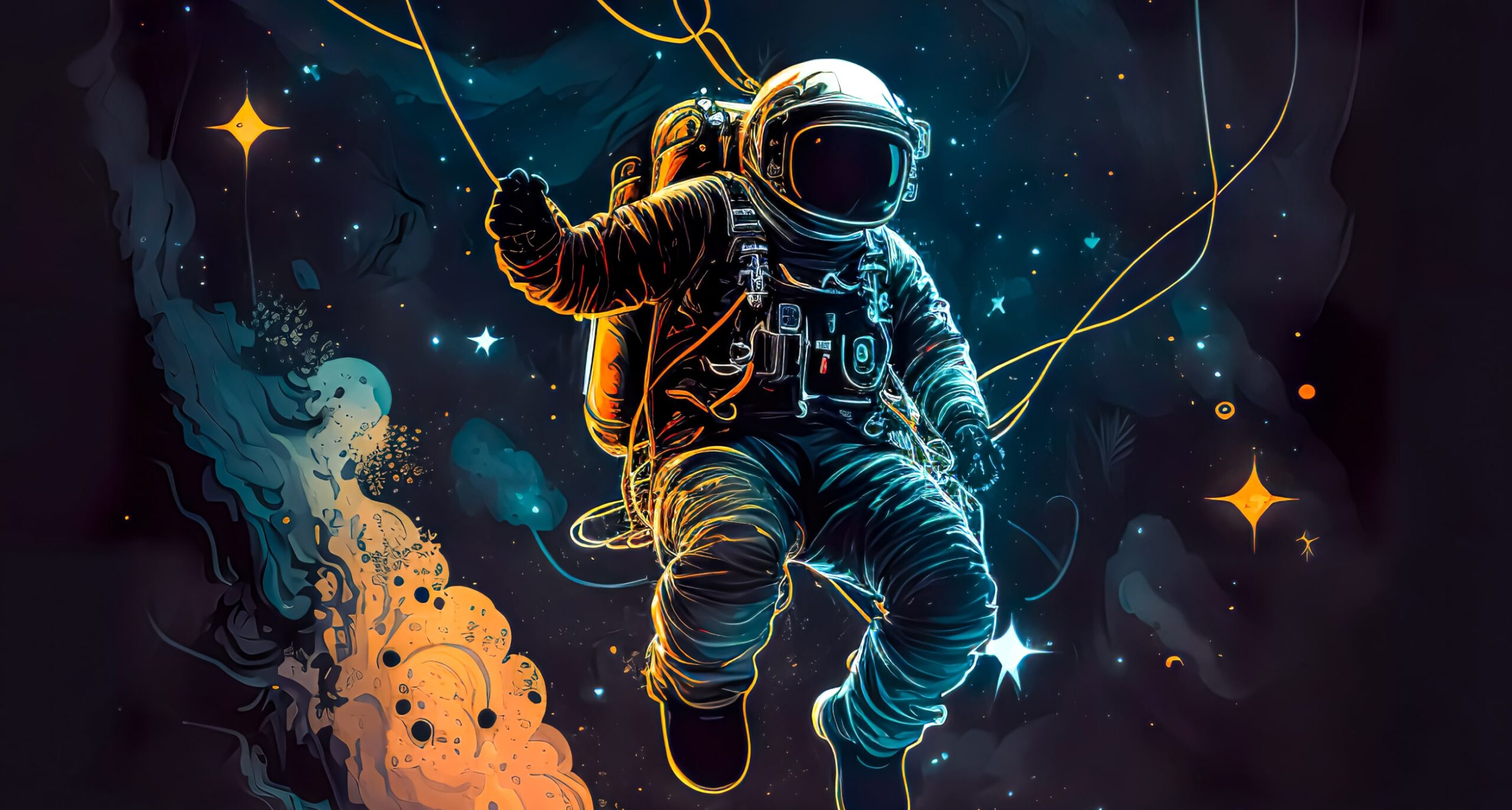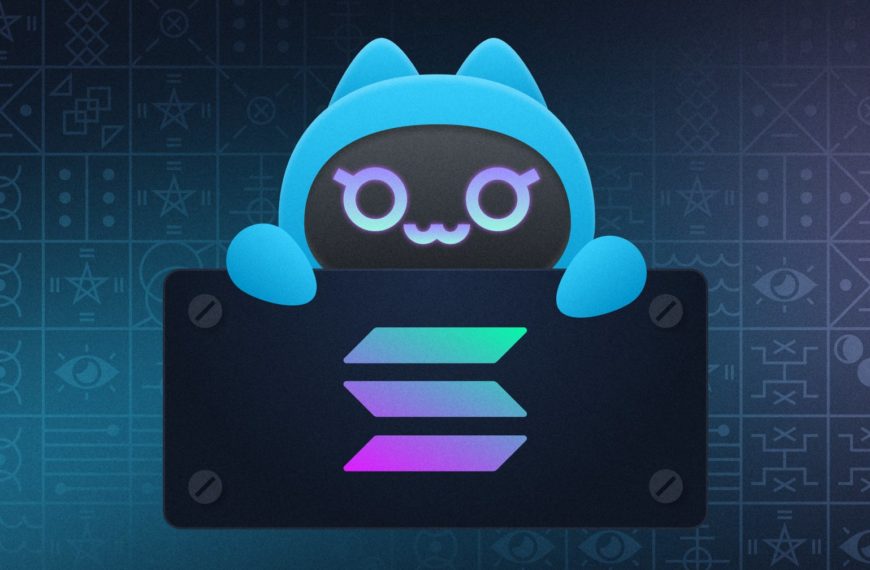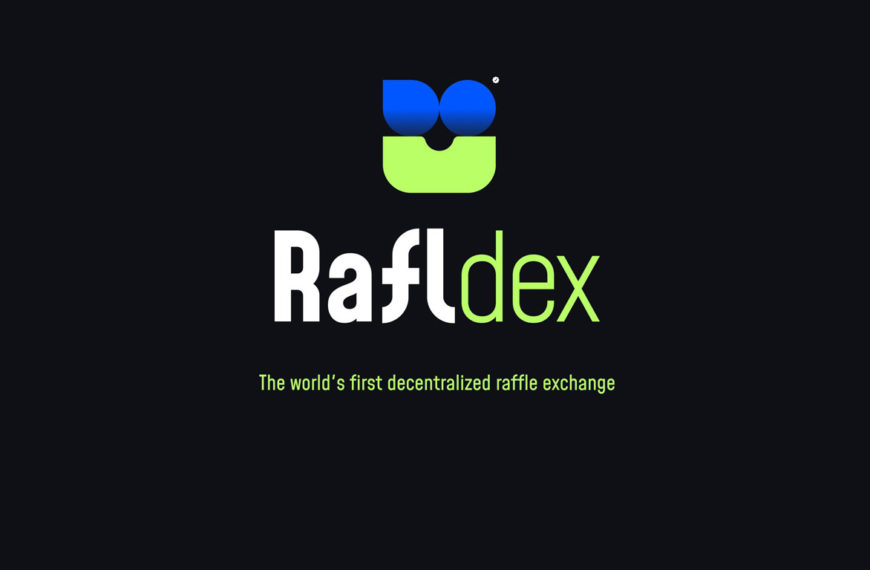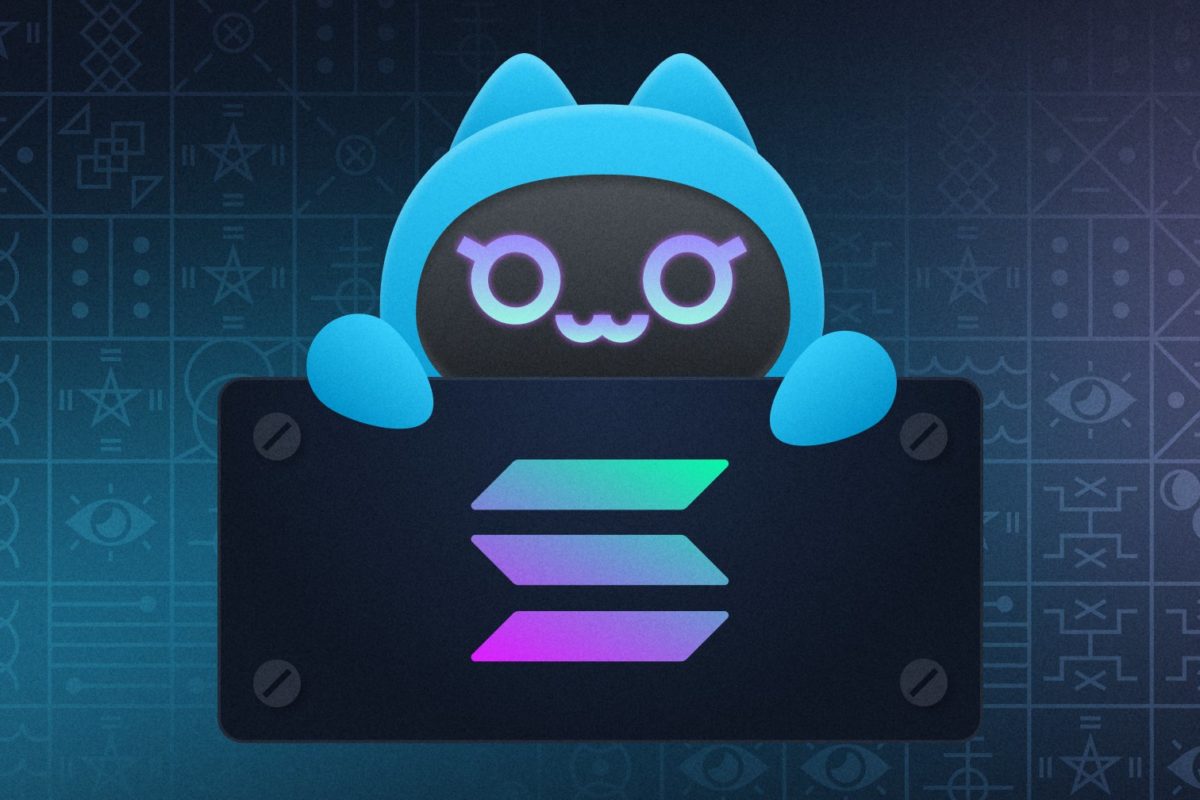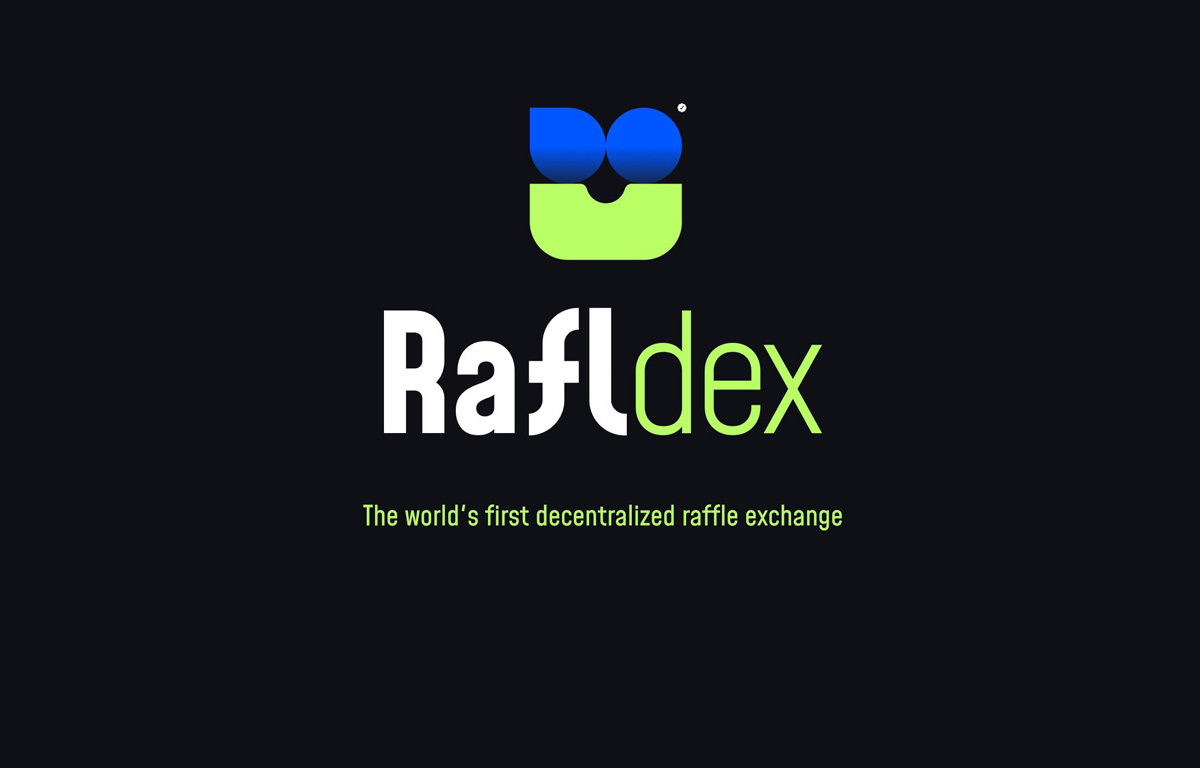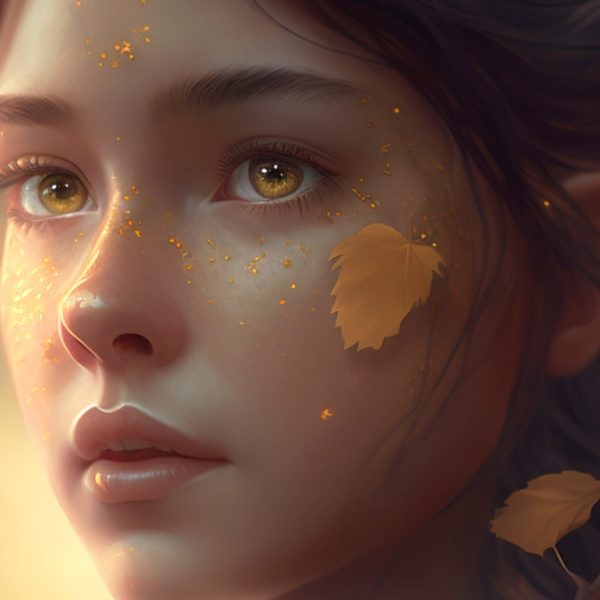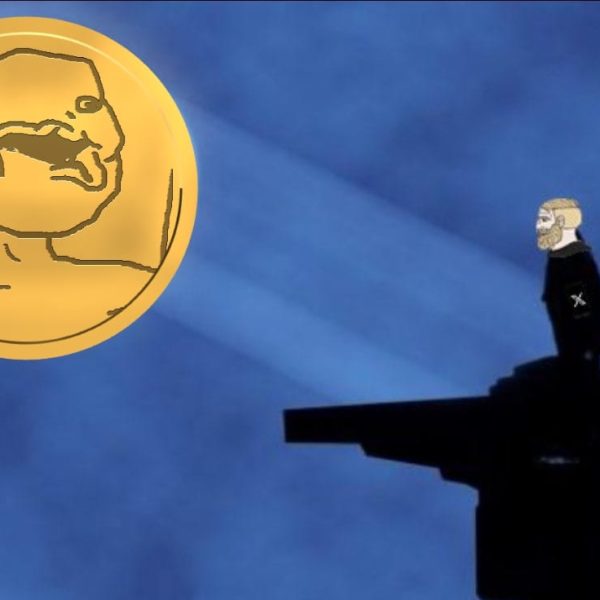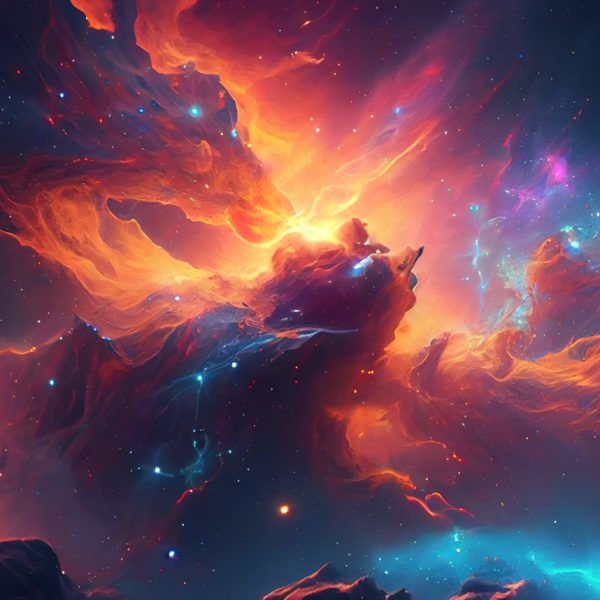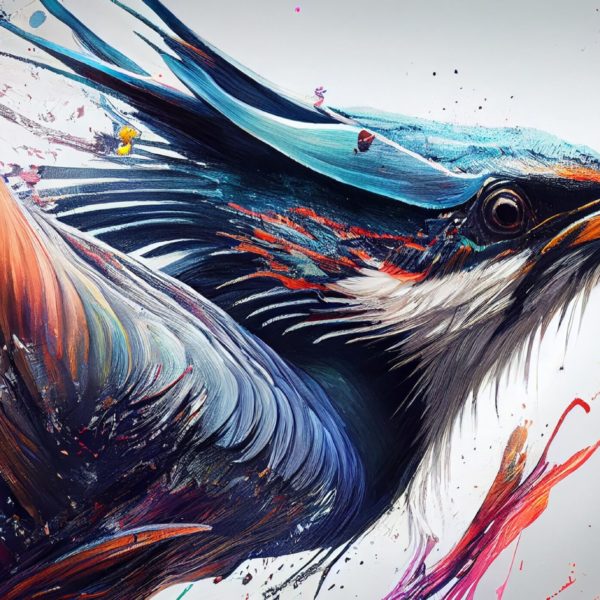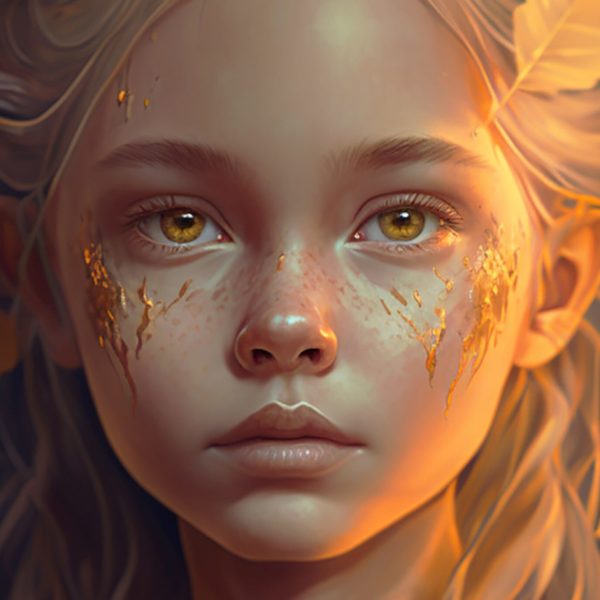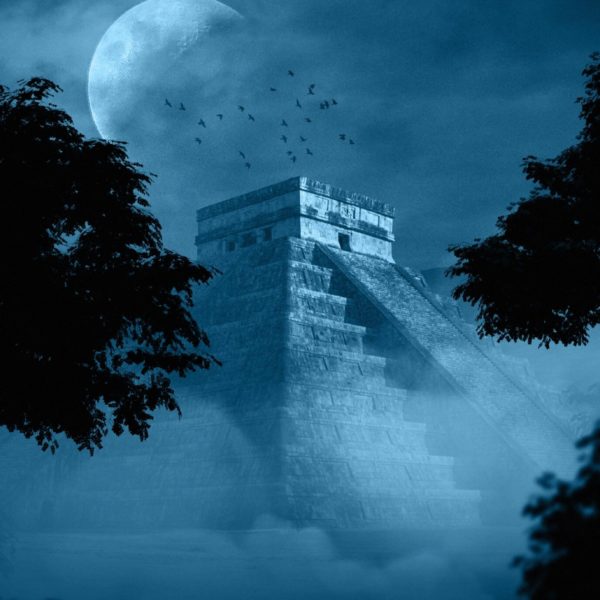The rise of NFTs is changing how we see digital ownership. These unique tokens, stored on blockchain networks, prove who owns digital items like art, music, or even tweets.
Blockchain technology makes sure every NFT is unique. This creates trust in a world where making copies is easy. cryptopunks, one of the earliest NFT collections, showed how digital art can gain real value.
Artists now sell directly to buyers, skipping middlemen. cryptopunks and projects like Bored Ape Yacht Club prove digital ownership is as valuable as physical items. This new system lets creators earn and connect with fans in new ways.
Unveiling NFTs: The Gateway to a Revolutionary Digital Era
NFTs, or non-fungible tokens, are digital certificates of authenticity stored on blockchain ledgers. They are different from traditional currencies because each NFT has unique data. This makes them irreplaceable.
This technology lets creators turn art, music, or virtual items into scarce digital assets. It’s a new way to own and trade digital items.
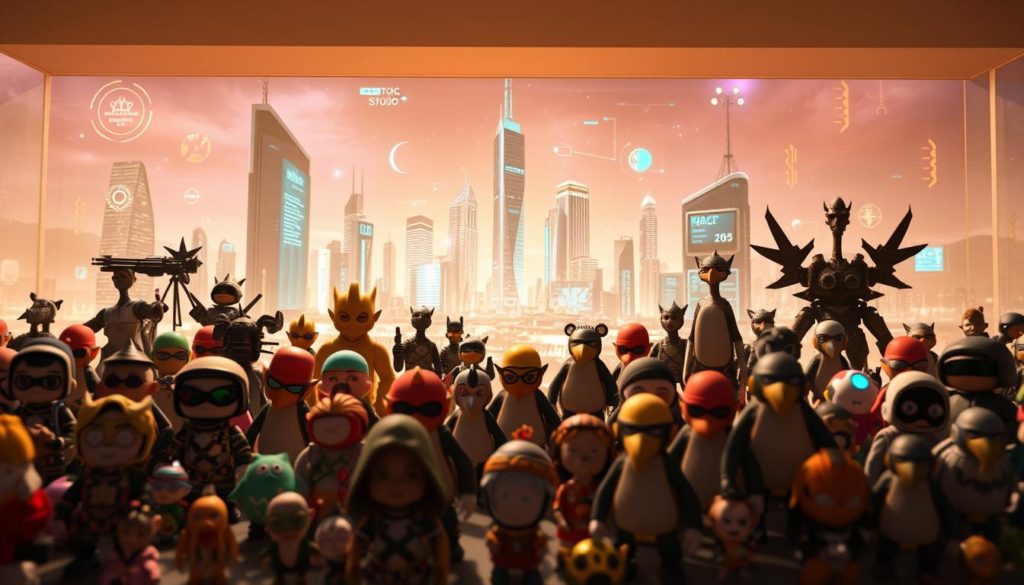
Understanding the Concept of NFTs
Every NFT has its own unique identifiers that prove ownership. These identifiers are linked to blockchain networks. This ensures no two tokens are the same.
Artists and developers use platforms like Ethereum to mint these tokens. This creates verifiable scarcity in a world where copying is easy.
How NFTs are Changing Digital Ownership
Ownership is now more than just having a file. It’s about proof of authenticity. Buyers get cryptographic proof that lets them resell and earn royalties.
Collectors can now track the history and origin of their items. This is something that’s impossible with standard digital files.
Featured Collectibles: cryptoPunks, BAYC, pudgy penguins, xcopy, milady
Top collections like CryptoPunks led the way. BAYC’s vibrant avatars and Pudgy Penguins’ playful designs are big hits in marketplaces. XCOPY’s abstract art and Milady’s anime-inspired characters show the wide range of NFTs.
These assets are more than just images. They are cultural milestones in digital history.
Exploring the Mechanics Behind NFT Transactions
Every NFT purchase or sale is based on blockchain technology. Minting an NFT, like the popular pudgy penguins, starts with creating a digital token. This token is linked to an asset. The process requires “gas fees” paid in cryptocurrency to validate the transaction on networks like Ethereum.
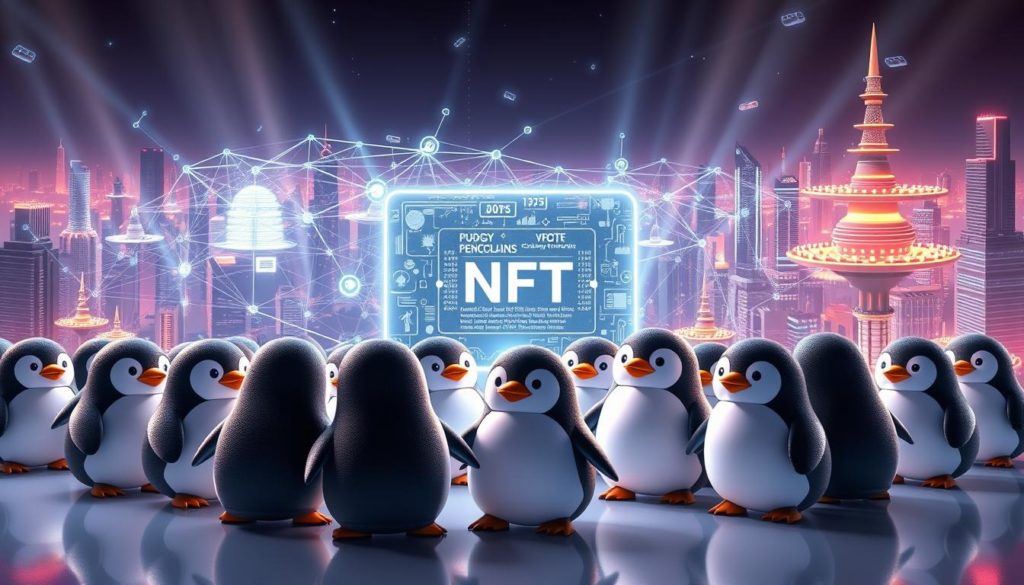
Smart contracts automate ownership rules. For example, when someone buys a pudgy penguins NFT, a smart contract ensures the seller gets paid and the buyer owns it instantly. These self-executing agreements also handle royalties, so creators earn from future sales of their work.
Marketplaces like OpenSea act as digital galleries. Artists upload their NFTs here, choosing formats like auctions or fixed-price listings. Limited drops, where only a set number of pudgy penguins are released, create urgency and drive demand. Buyers use crypto wallets to complete transactions, with each step recorded permanently on the blockchain.
Transaction transparency is key. Every NFT’s history—from its creator to past owners—is visible. This system builds trust, letting collectors verify authenticity. Whether trading pudgy penguins or other digital art, users gain clear proof of ownership without middlemen.
NFTs Digital Era: Elevating Digital Ownership
Blockchain technology is changing how we see digital assets. It creates secure records that prove each NFT is unique. This makes sure that every NFT is genuine, building trust between creators and buyers.
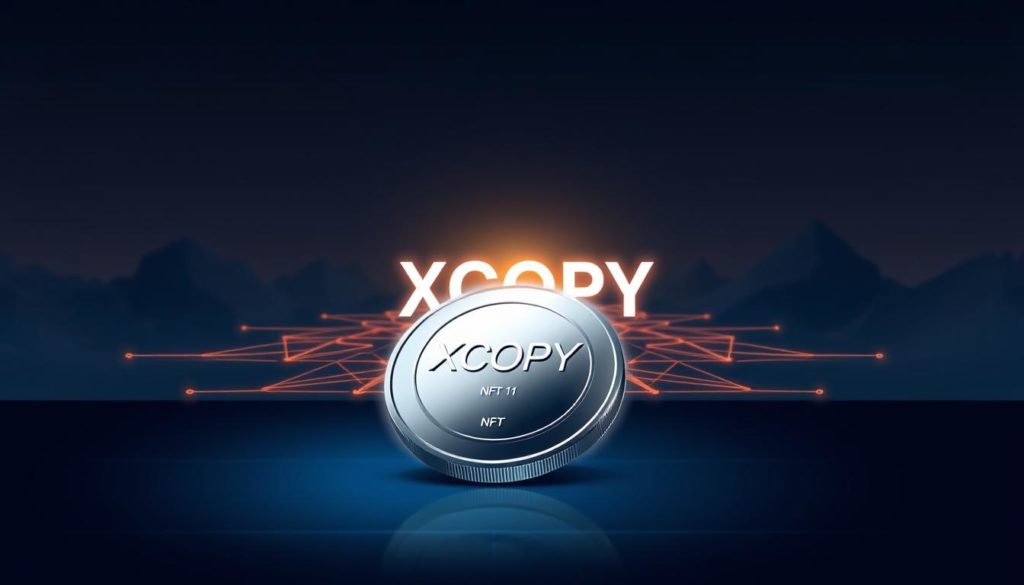
The Role of Blockchain in Authenticating Assets
Every NFT’s details are stored on a secure ledger. This makes it hard to fake anything. The blockchain keeps track of who owns what, preventing scams.
Impact on Artists and Collectors
Artists like xcopy have more control over their work. They get paid royalties every time their NFTs are sold. For collectors, owning NFTs means no more fights over who really owns something.
Trends and Innovations in the NFT Market
NFTs are becoming more than just art. Now, games and music are part of the NFT world too. New ideas like sharing ownership of expensive items are making digital collecting more accessible.
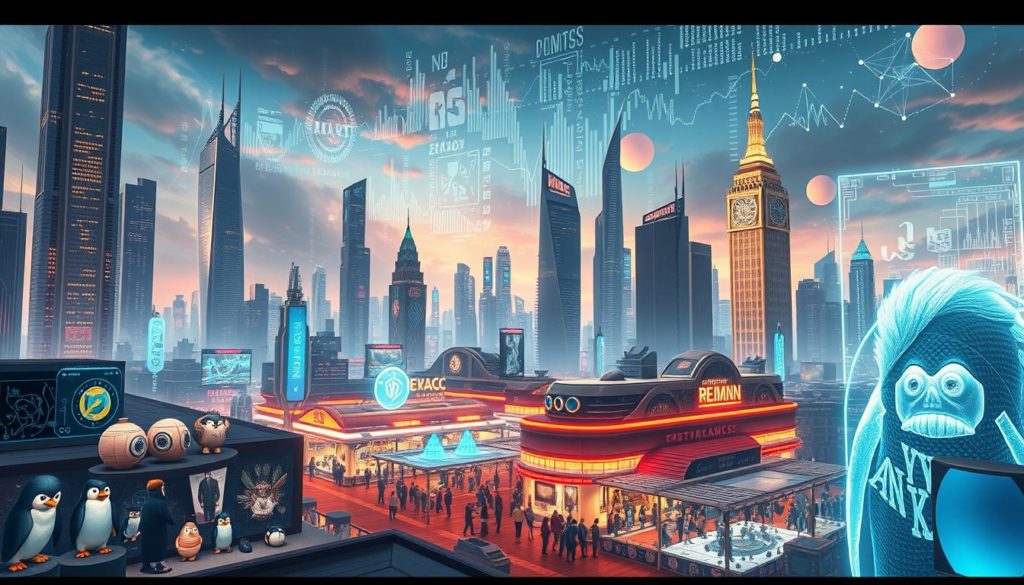
Conclusion: Embracing the Future of Digital Assets
NFTs have changed how we value and own digital items. From CryptoPunks to Milady, these tokens show art and ownership can flourish online. Blockchain makes sure each piece is real, giving creators full control.
The market’s growth is thrilling, but knowing trends and risks is crucial. Milady’s success shows community power, yet volatility warns us to be careful. The future is full of possibilities, from virtual fashion to metaverse real estate.
Whether you’re an artist, collector, or just curious, NFTs offer a chance to be part of a growing digital world. Stay eager to learn and adapt as tech advances. This isn’t just a trend—it’s a new way to connect with creativity and ownership online. The future is as vast as the digital world itself.
